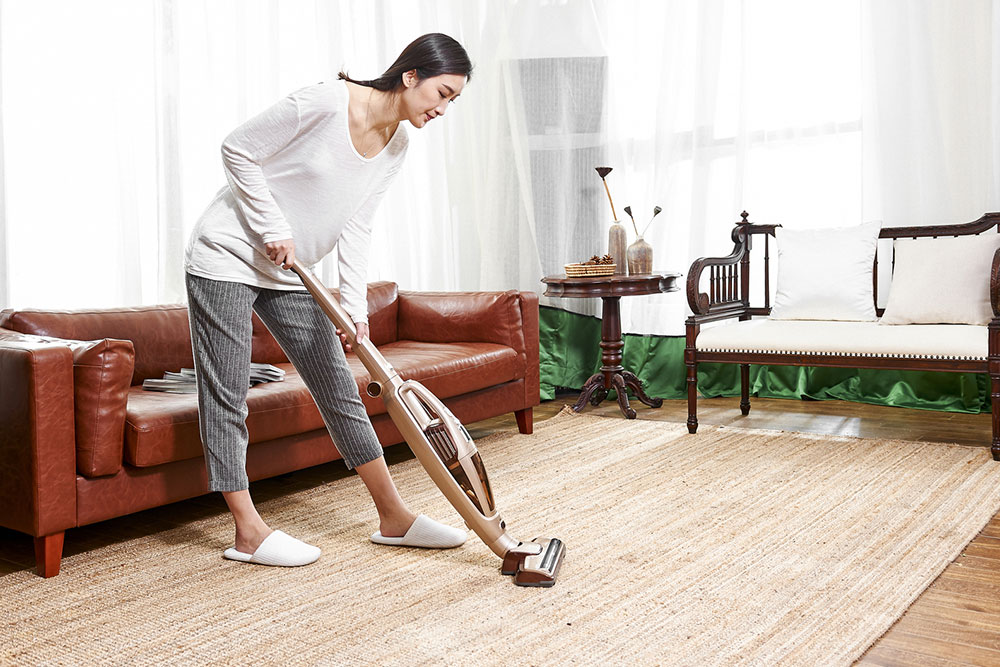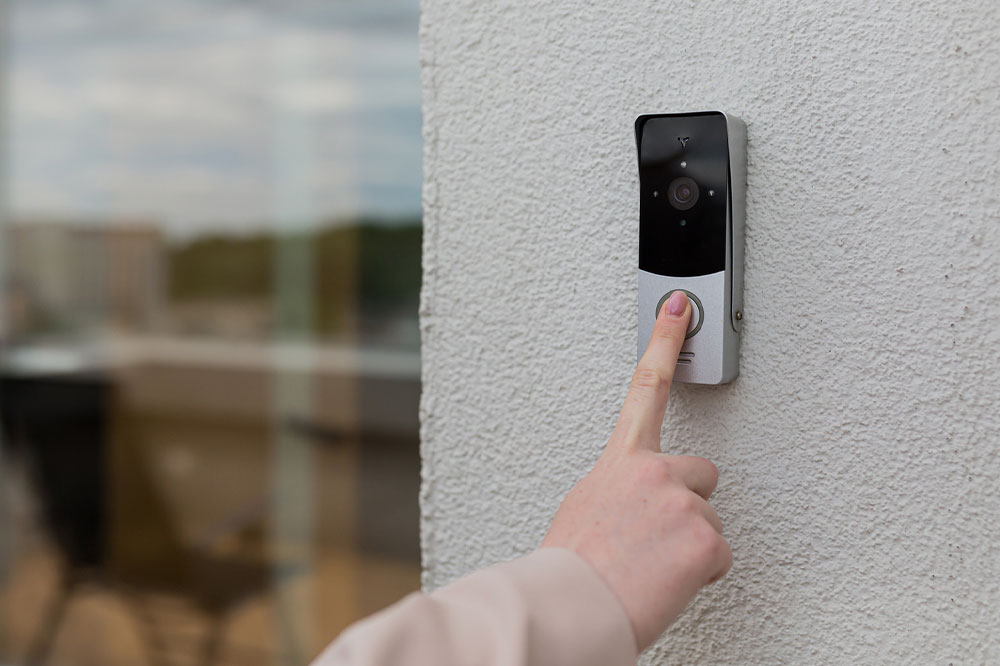16 mistakes to avoid while using a vacuum cleaner

Vacuum cleaners are indispensable tools for maintaining a healthy living environment. They have revolutionized household cleaning. However, improper usage can lead to suboptimal performance and potential damage to the machine. Certain mistakes compromise the quality of cleaning, time invested, and the results a machine can deliver. By avoiding these errors, users can maximize their vacuum’s cleaning power, extend its lifespan, and ensure a consistently cleaner home without having to grab the cleaning equipment every couple of days.
Neglecting routine maintenance
Proper maintenance is key to extending the life of a vacuum cleaner. This includes regular cleaning of filters, brush rolls, and hoses. Filters play a crucial role in trapping dust and allergens. However, they can become clogged when ignored, diminishing the vacuum’s suction power. Depending on the model being used, filters should be cleaned or replaced at recommended intervals. Additionally, belts should also be inspected for signs of wear and replaced if necessary. Routine maintenance ensures that all components are in working order, allowing the vacuum to perform at its best.
Ignoring height adjustments
Height adjustments are not a one-size-fits-all solution. Failing to adjust the vacuum’s height setting for different flooring types can lead to inefficient cleaning and potential damage. For instance, low settings are suitable for carpets, while higher settings work best for hardwood or tile. Proper adjustments prevent excessive strain on the motor and ensure thorough cleaning on various surfaces.
Not emptying the bag or bin
It is essential to avoid overstuffing bags or allowing bins to overflow as it obstructs airflow and impairs the vacuum’s performance. Regularly emptying the bag or bin is crucial to prevent dirt from hindering airflow, which ensures consistent suction power. To maintain optimal performance, it is recommended to empty the bag or bin when it reaches the halfway mark.
Skipping pre-vacuuming prep
Neglecting to pick up larger debris or objects before vacuuming can damage the machine or obstruct airflow. Pre-vacuuming preparation is essential for smooth operation. Before turning on the vacuum, ensure the area is clear of larger objects, cords, or toys. This allows the machine to focus on removing fine particles rather than potentially causing damage or blockages.
Overlooking brush roll maintenance
A neglected brush roll can accumulate hair and debris, hindering rotation and reducing cleaning efficiency. Regularly inspect and clean the brush roll. Use scissors or a brush to remove tangled hair, strings, or fibers. This simple maintenance step ensures the brush roll spins freely, effectively agitating the carpet fibers for a thorough clean.
Neglecting corner cleaning
Focusing solely on open areas can lead to neglected edges and corners where dust accumulates. Attachments such as crevice tools and brushes are designed to address these often overlooked areas. Users can ensure a comprehensive cleaning throughout the entire space by systematically working along edges and corners.
Rushing through the cleaning process
Vacuuming too quickly without allowing the machine to lift dirt and debris effectively can lead to subpar results. It’s crucial to adopt a deliberate and measured approach. Slow, steady passes allow the vacuum to effectively lift dirt and ensure a thorough clean. Taking one’s time during the vacuuming process leads to more effective results.
Using the wrong attachments
Using the wrong attachments or neglecting them altogether can lead to incomplete cleaning. Understanding the purpose of each attachment is essential. For instance, a crevice tool is designed for tight spaces, while a brush attachment is effective for upholstery. Correctly utilizing attachments ensures that all surfaces and areas receive the required attention.
Overloading the vacuum
Jamming too much debris into hoses or attachments can lead to blockages and reduced suction power. It’s important to be mindful of the vacuum’s capacity. Empty the bag or bin regularly and avoid excessive stuffing to ensure consistent performance. Overloading the vacuum puts unnecessary strain on the motor and can lead to premature wear.
Neglecting the cord
Users often overlook the importance of properly unwinding the power cord before operating a vacuum cleaner. Failing to do so can restrict the vacuum’s reach and even cause damage to the cord. Hence, it is crucial to manage the cord properly. Fully unwinding the cord and avoiding any kinks or knots will ensure the smooth operation of the vacuum and prevent any damage to the cord over time.
Disregarding proper storage
Improper storage of the vacuum can lead to damage or wear over time. After use, ensure the vacuum is stored in a clean, dry area. Avoid placing heavy objects on top or in a way that may cause it to tip over. Proper storage preserves the machine’s integrity and ensures it’s ready for effective use in the future.
Neglecting regular inspections
Failing to perform routine checks on the vacuum’s components can lead to overlooked issues. Regular inspections are crucial for identifying and addressing potential problems early on. Check for loose belts, damaged hoses, or worn brushes. Addressing these issues promptly prevents further damage and ensures the vacuum operates optimally.
Using incorrect cleaning solutions
Using harsh or incompatible cleaning solutions on surfaces can lead to damage or reduced effectiveness. Always consult the manufacturer’s guidelines for recommended cleaning solutions. Some vacuums have specific recommendations to maintain their performance. Using the wrong solutions may void warranties or lead to unintended consequences.
Disregarding manufacturer guidelines
Each vacuum model comes with specific guidelines and recommendations from the manufacturer. Ignoring these instructions can lead to operational issues or voided warranties. Take the time to read and understand the manufacturer’s manual. This ensures that the vacuum is used in a manner consistent with the manufacturer’s intended design and usage.
Ignoring suction adjustments
Failing to adjust the vacuum’s suction power according to the surface being cleaned can lead to inefficiency and potential damage. For delicate rugs or curtains, a lower setting is advisable, while high-pile carpets may require a higher setting. Properly adjusting suction ensures effective cleaning without risking damage to sensitive fabrics.
Neglecting the wheels and rollers
Overlooking the maintenance of wheels and rollers can hinder maneuverability and overall performance. Inspect these components regularly for debris, hair, or thread buildup, which can impede smooth movement. Cleaning and, if necessary, lubricating these parts ensures the vacuum glides effortlessly across different surfaces, enhancing its cleaning capabilities.







